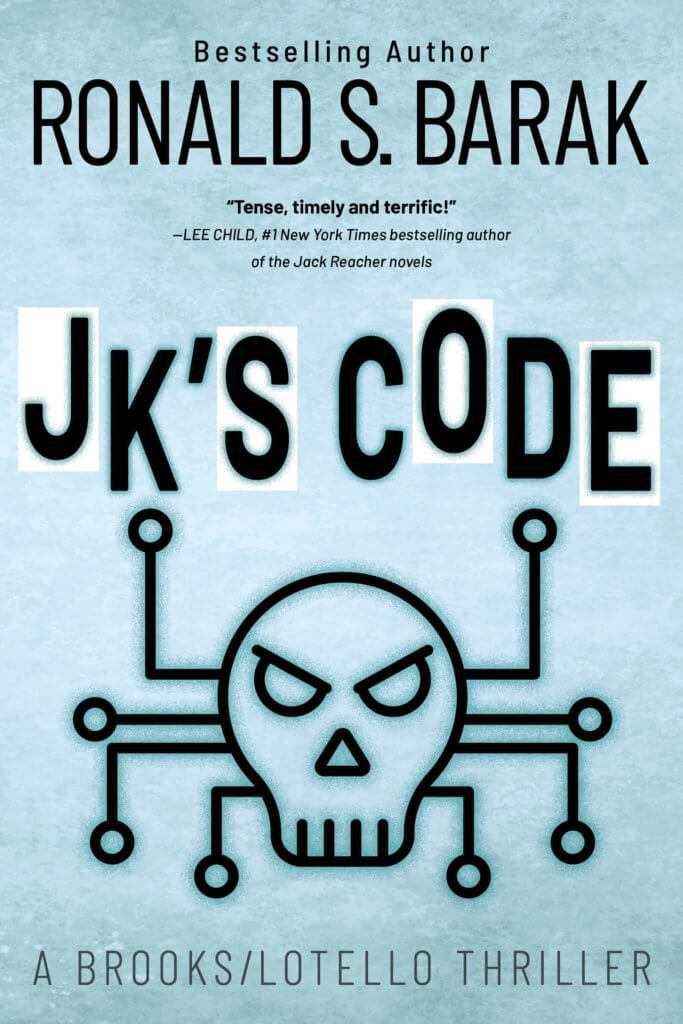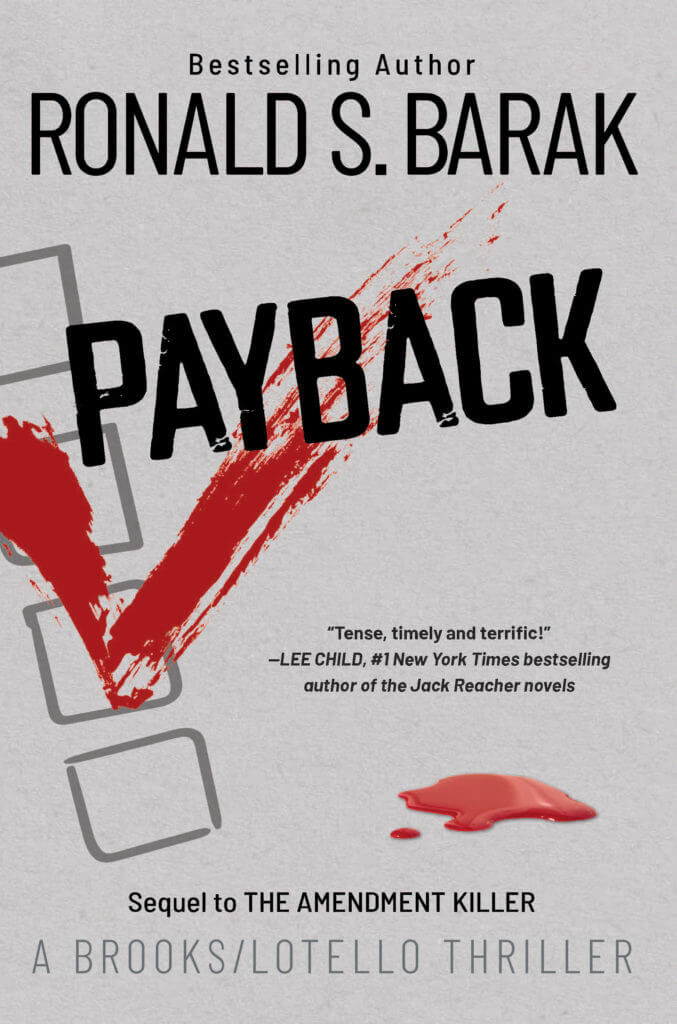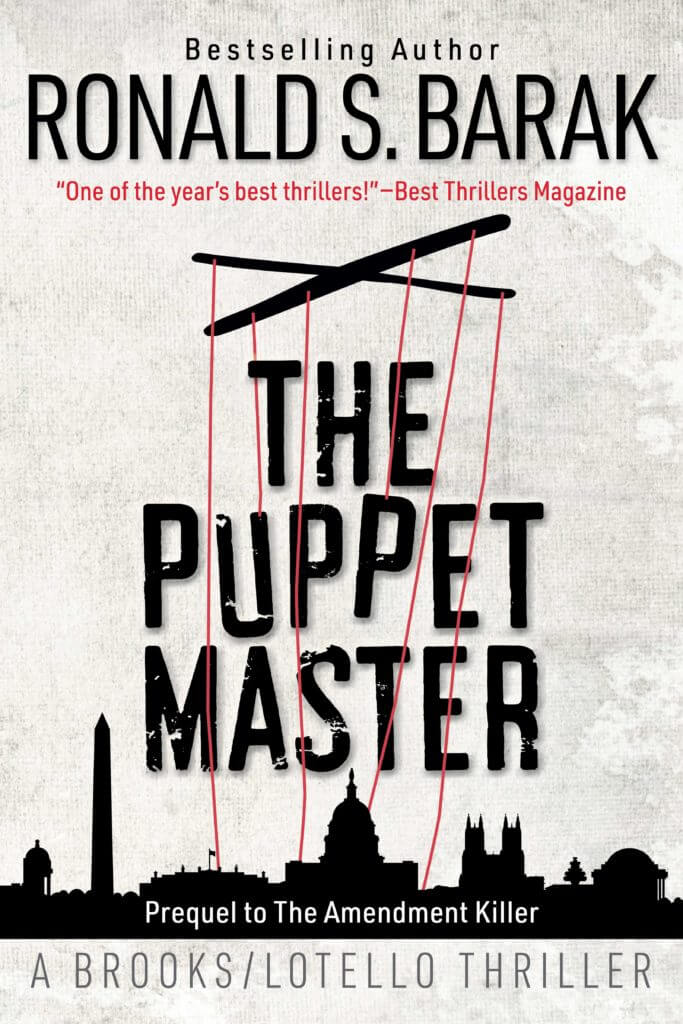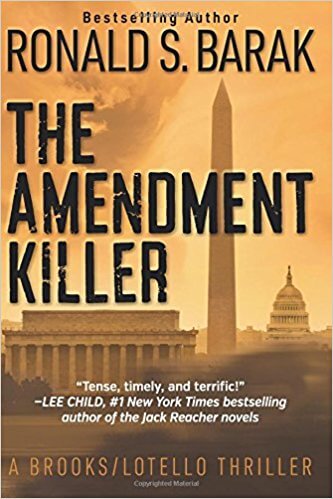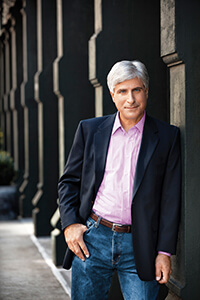 This is one in a series of interviews with some of my and The Wife’s favorite novelists. Today we are visiting with Steve Berry, New York Times and #1 international bestselling thriller author of 14 Cotton Malone adventures and four stand-alone thrillers. His books have been translated into 40 languages with over 23 million copies sold in 51 countries. If that doesn’t speak pages enough (pun intended) about all that Steve has accomplished, consider just a few of the many accolades and awards that have been bestowed on him:
This is one in a series of interviews with some of my and The Wife’s favorite novelists. Today we are visiting with Steve Berry, New York Times and #1 international bestselling thriller author of 14 Cotton Malone adventures and four stand-alone thrillers. His books have been translated into 40 languages with over 23 million copies sold in 51 countries. If that doesn’t speak pages enough (pun intended) about all that Steve has accomplished, consider just a few of the many accolades and awards that have been bestowed on him:
+ The Royden B. Davis Distinguished Author Award.
+ The Barnes & Noble Writers for Writers Award.
+ The Anne Frank Human Writes Award.
+ The Silver Bullet Award bestowed by International Thriller Writers.
+ Florida Writer of The Year Award.
+ Georgia Writer of The Year Award.
+ NPR selection of The Templar Legacy as one of the top 100 thrillers ever.
That’s a lot! We better get started before we run out of ink!
Ron: You were a trial lawyer for some 30 years. What prompted you to change, to become a novelist? Did you do it all at once, cold turkey, or did you gradually segue from the practice of law to the art of writing?
Steve: I made the decision to write a novel in 1990. It was something I thought about for years, but finally decided to act on. That first attempt was long and awful. The second and third attempts weren’t much better. It wasn’t until the fourth try that I began to appreciate the reality that writing novels is hard. I kept writing for twelve years and produced eight manuscripts. Each one was a learning experience and, as I wrote, I studied the craft. My education was one of trial and error. I attended a writing workshop once a week for six years, where the participants would tear apart everything I wrote. Then I’d go home and put it all back together again, hopefully, a little better than before. Between the workshop, the writers’ group, and writing every day I taught himself the craft. Not until six years into the process was I fortunate to land an agent. She kept me around for seven years until May 2002, when Ballantine Books finally bought The Amber Room. During those years five different manuscripts were submitted to New York publishers, each one was rejected, 85 rejections all total, until eventually, on the 86th attempt, the right-editor-at-the-right-time-with-the-right-story was found. Like I say, ‘I may or may not know much about writing, but I’m an expert on rejection.’
Ron: You write historical thrillers. Where did you acquire that interest? How do you pick your subjects? How do you balance entertainment and reality? Have you ever been tempted to write a contemporary thriller, perhaps about our modern day dysfunctional government?
Steve: Actually, I write international suspense thrillers. I take something from the past, something real, and weave a modern day tale of intrigue and suspense around it. The niche that I’ve carved for myself is that I keep the stories about 90% to reality, only tripping up history about 10% of the time. But I have a writer’s note at the end of each book that tells you where that occurs. I utilize about 400 sources for each novel, many bought in old bookshops around the world. Sometimes on site research is necessary to fully develop the story. I flew to Russia for The Amber Room and The Romanov Prophecy and to Rome for The Third Secret. Time in France was necessary for The Templar Legacy. A visit to the abbey at Belem, in Portugal, helped complete The Alexandria Link. Trips to Venice for The Venetian Betrayal and Germany for The Charlemagne Pursuit were also productive. For The Paris Vendetta I spent four days in the city of lights. To create The Jefferson Key, I visited Virginia, North Carolina, Washington D.C., and New York City. The Columbus Affair required a few days in both Prague and Jamaica, where I discovered an interesting link between those two locales. For The King’s Deception, I made two trips to London and its surrounding communities. The Patriot Threat involved trips to Venice, Croatia, and four times to the National Gallery of Art in Washington D.C. The Lost Order required several trips to Washington D.C. and roaming the back rooms of the Smithsonian’s many museums.
Ron: How did you come up with Cotton Malone? For that matter, how did you come up with his colleague, Stephanie Nelle?
Steve: He was born in Copenhagen while I was sitting at a café in Højbro Plads, a popular Danish square. That’s why Cotton owns a bookshop there. I wanted a character with government ties and a background that would make Malone, if threatened, formidable. But I also wanted him to be human, with flaws. Since I love rare books, it was natural that Cotton would too, so Malone became a Justice Department operative, turned bookseller, who manages, from time to time, to find trouble. I gave him an eidetic memory, since, well, who wouldn’t like one of those? At the same time, Cotton is clearly a man in conflict. His marriage has failed; he maintains a difficult relationship with his teenage son; and he’s lousy with women. Stephanie Nelle just came, as any novelist does, from my imagination to fill a niche. She’s named after me and the middle name of my youngest daughter.
 Ron: After several Cotton Malone escapades, in The Bishop’s Pawn, you went back in the history of Cotton Malone to his first ever Stephanie Nelle assignment, addressing the assassination of Martin Luther King. What prompted you to dig back into Cotton’s past? Was this the first time you wrote one of the Cotton Malone novels in the first person? I like the first person. I think it’s more up close and personal. But why did you choose to switch from third person to first? Do you plan to do more of that?
Ron: After several Cotton Malone escapades, in The Bishop’s Pawn, you went back in the history of Cotton Malone to his first ever Stephanie Nelle assignment, addressing the assassination of Martin Luther King. What prompted you to dig back into Cotton’s past? Was this the first time you wrote one of the Cotton Malone novels in the first person? I like the first person. I think it’s more up close and personal. But why did you choose to switch from third person to first? Do you plan to do more of that?
Steve: every series has an origin story at some point. The Bishop’s Pawn is Cotton Malone’s. I knew I would do it one day and the 50th anniversary of the death of Martin Luther King, Jr. provided the perfect opportunity. It also provided the perfect vehicle for first person, which I’ve wanted to try for a long time. As to ever doing it again? Who knows? Maybe.
Ron: You spend a lot of time teaching wannabe writers how to get it right. Your wife, Liz, and you created History Matters, a foundation dedicated to historic preservation. You’ve raised tons of money to save endangered historic treasures. Whenever I cross paths with you and Liz, the two of you seem to be going at a frenetic pace. How do you get it all done?
Steve: I’ve always been an organized person, a planner, someone who can both set and maintain a schedule. So it’s fairly easy for me to juggle everything.
Ron: You’ve obviously accomplished a great deal. Is there any single accomplishment of which you are most proud? Anything in particular the future holds in store for you and/or Cotton?
 Steve: Everyone has things they are proud of, I’m no exception. But to any one thing? That’s hard to pinpoint. If I was forced to choose it would be that I never gave up. I hung in there for 12 years, over 85 rejections, until it was my turn.
Steve: Everyone has things they are proud of, I’m no exception. But to any one thing? That’s hard to pinpoint. If I was forced to choose it would be that I never gave up. I hung in there for 12 years, over 85 rejections, until it was my turn.
Ron: Thanks, Steve, for taking the time out of your schedule to visit. The Wife and I look forward to your next endeavor.
[Editor’s note: The Bishop’s Pawn releases in paperback December 31, 2018. Steve’s next Cotton Malone adventure is The Malta Exchange, coming March 19, 2019.]
Join the discussion either by logging in just below or by signing into your favorite social media outlet. If you’re having trouble, please follow these instructions to guide you! Thanks!

